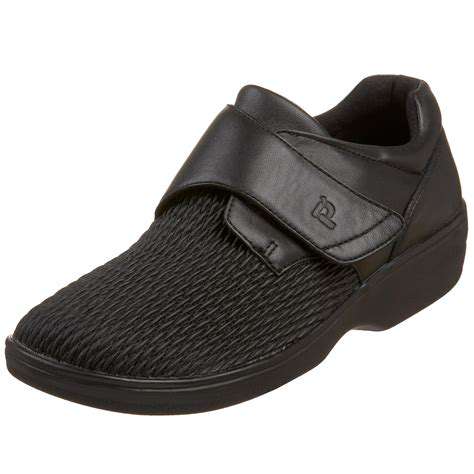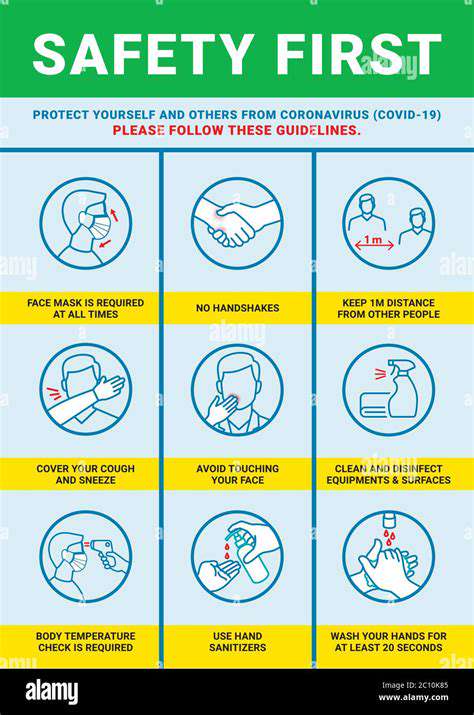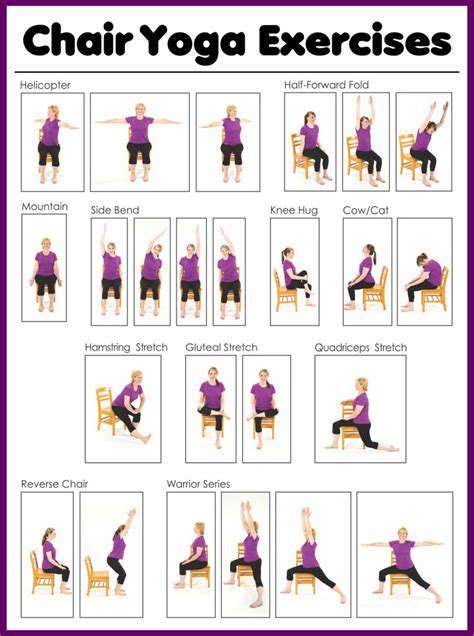Low Impact Weight Training for Osteoporosis Management
The Importance of Exercise for Osteoporosis Prevention and Management
Strengthening Bones with Exercise
Maintaining an active lifestyle with consistent physical activity plays a vital role in both preventing and managing osteoporosis, a condition where bones become fragile. Weight-bearing exercises are especially effective because they prompt the body to increase bone density. When bones bear weight, they adapt by becoming stronger, much like muscles do during resistance training. For younger people, this is particularly important as it helps achieve maximum bone mass, setting a solid foundation for bone health in later years.
Activities such as brisk walking, jogging, climbing stairs, and dancing are excellent for bone strength. Even sports like tennis or racquetball can be beneficial. The most crucial factor is choosing activities you enjoy and can maintain over time to ensure lasting benefits for your bones.
Improving Balance and Preventing Falls
Since osteoporosis raises the risk of fractures from falls, exercises that enhance balance and coordination are essential. Practices like yoga, tai chi, and Pilates focus on stability and body awareness, significantly lowering fall risks. These activities improve proprioception—the body's sense of its position—leading to smoother, more controlled movements. Better balance not only reduces fall risks but also supports independence in daily life.
Balance exercises go beyond fall prevention; they enhance overall physical function. By integrating these into your routine, you can maintain mobility and a higher quality of life for years to come.
Targeted Exercises for Specific Muscle Groups
Strong muscles are key to protecting bones and preventing falls. Exercises focusing on the legs, hips, and core improve stability and reduce fracture risks. Resistance training, using weights or bands, is especially effective for building strength. These exercises support bones by strengthening the surrounding muscles, improving posture, and reducing bone strain.
Strength training can be adapted for any fitness level, making it accessible for everyone. Starting slowly and increasing intensity gradually is important to avoid injury. Consulting a professional ensures the program is safe and tailored to individual needs.
Choosing the Right Low-Impact Weight Training Exercises

Choosing the Right Weight for Your Needs
Selecting appropriate weights is critical for a safe and effective workout. Different weights suit various fitness levels and goals. Beginners should start light to build strength and proper form, while experienced individuals may need heavier weights to progress. Understanding your body's limits is key to preventing injuries.
Technique is just as important as weight selection. Maintaining proper posture and controlled movements ensures safety and maximizes results. If form suffers, reduce the weight to stay safe and effective.
Understanding Different Types of Low-Impact Weights
Options like dumbbells, kettlebells, and resistance bands each offer unique benefits. Dumbbells provide versatility, kettlebells emphasize dynamic movements, and resistance bands are portable and adjustable. Choosing the right type depends on your goals and preferences.
Specialized options like adjustable dumbbells or weighted vests offer additional flexibility for targeted workouts.
Factors to Consider When Choosing Low-Impact Weights
Fitness level, exercise type, budget, and storage space all influence weight selection. Investing in durable, high-quality weights can be worthwhile for long-term use. Portability and space efficiency are also important considerations for home workouts.
Considering Individual Needs and Limitations
Understanding Osteoporosis
Osteoporosis weakens bones silently, often unnoticed until a fracture occurs. Early detection and proactive management are crucial. Lifestyle changes, including diet and exercise, alongside medical care, can mitigate risks.
Personalized Exercise Regimens
Exercise is vital for bone health, but high-impact activities may be harmful. Tailored programs considering age, fitness level, and health conditions ensure safety and effectiveness.
Low-Impact Weight Training Protocols
Low-impact exercises like resistance band training and seated dumbbell presses strengthen bones safely. Gradual intensity increases are key to avoiding injuries.
Importance of Proper Form and Technique
Correct form prevents injuries and maximizes benefits. Professional guidance ensures exercises are performed safely and effectively.
Addressing Individual Limitations and Needs
Adapting exercises to individual capabilities ensures long-term success. Regular assessments and adjustments keep the program relevant and effective.
Progression and Monitoring Progress

Progression in Therapy
Tracking progress is essential for effective therapy. Regular assessments help adjust treatments to meet evolving needs.
Monitoring Treatment Response
Observing responses to interventions ensures therapy remains effective. Objective measurements provide clear progress indicators.
Identifying Potential Setbacks
Early detection of challenges allows for timely adjustments, minimizing disruptions to progress.
Adjusting the Treatment Plan
Flexibility in treatment plans ensures they remain aligned with patient needs. Regular reviews optimize outcomes.
Evaluating Outcomes and Goals
Comparing results to initial goals measures therapy success and guides future plans.
Maintaining Documentation and Communication
Detailed records and clear communication support effective therapy and patient well-being.











